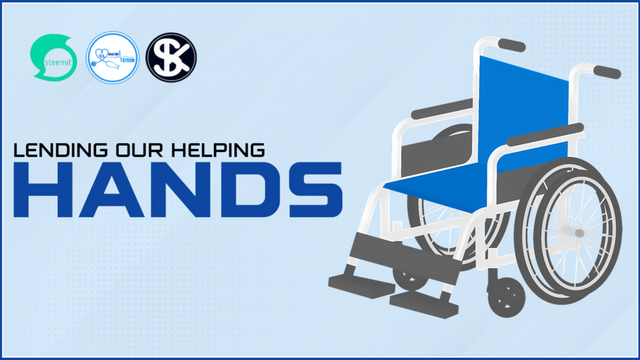
what do you understand by "People living with Disabilities? |
|---|
- According to the World Health Organization, people living with disabilities are those who have significant difficulties in functioning due to the interaction between their health conditions and various environmental and personal factors12. People living with disabilities are a diverse group, and their experiences and needs vary depending on many factors, such as sex, age, gender identity, sexual orientation, religion, race, ethnicity and their economic situation2.
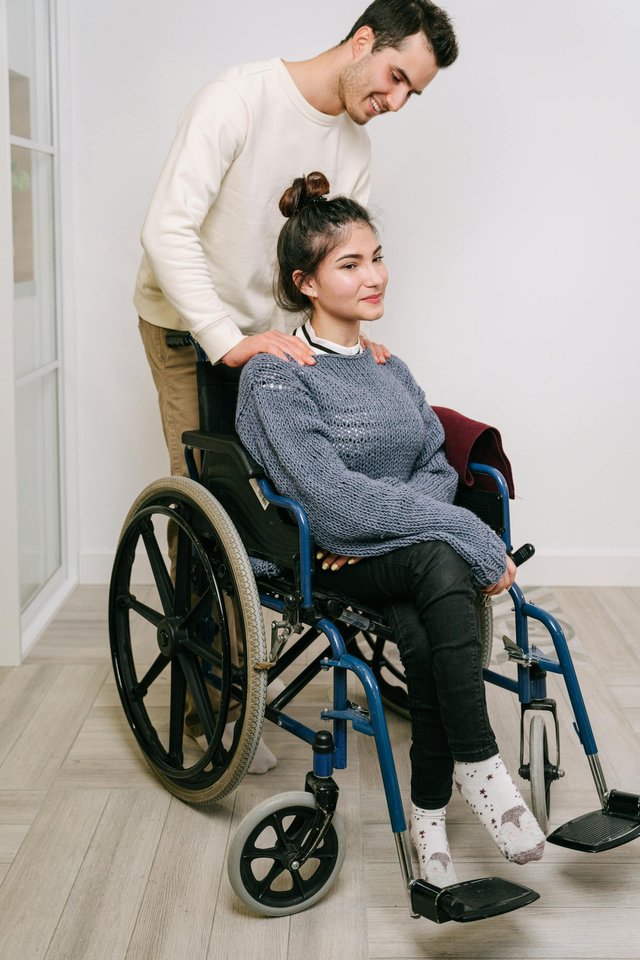
People living with disabilities face many challenges and barriers in accessing health care, education, employment, social support and other opportunities. They also experience stigma, discrimination, poverty and exclusion from society. These factors contribute to their poorer health outcomes and lower quality of life compared to people without disabilities2.
People living with disabilities have the same human rights as everyone else, and they deserve respect, dignity and inclusion. The United Nations Convention on the Rights of Persons with Disabilities (CRPD) is an international treaty that aims to protect and promote the rights of people living with disabilities and ensure their full and equal participation in society3. The CRPD covers various aspects of life, such as accessibility, autonomy, health, education, work, culture, sport and justice
How can we make it easier for people with disabilities to access things in our community? |
|---|
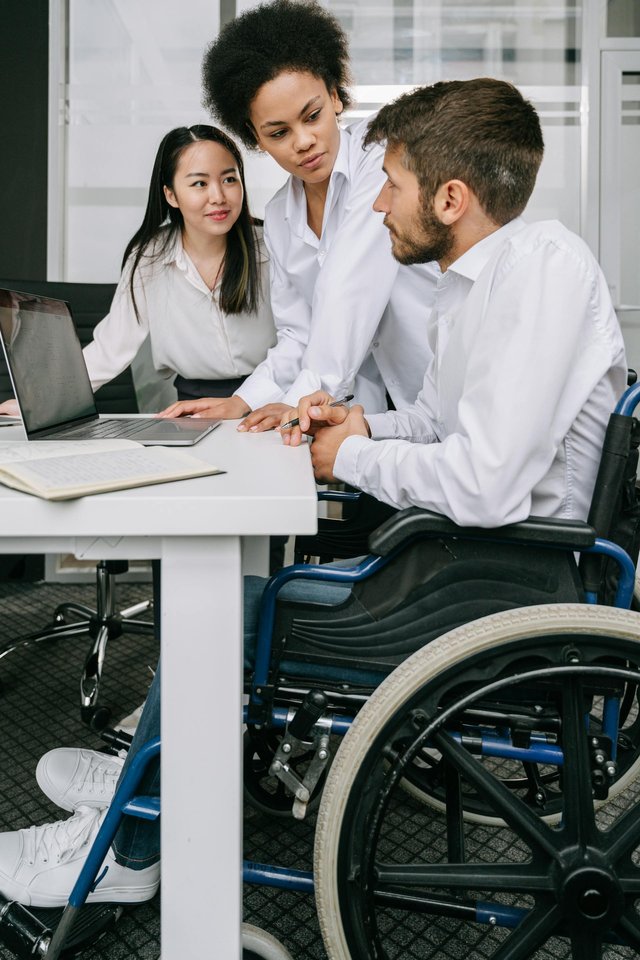
That’s a great question. Accessibility is the vehicle for inclusion of people with disabilities There are many ways to make it easier for people with disabilities to access things in our community, such as:
Following the principles of universal design, which means designing products, services, and environments that are usable by all people, to the greatest extent possible, without the need for adaptation or specialized design
Providing reasonable accommodations, which means modifying items, procedures, or systems to enable a person with a disability to use them to the maximum extent possible. For example, providing ramps, elevators, or sign language interpreters.
Using assistive technology, which means any device, software, or equipment that helps people with disabilities perform tasks that they would otherwise have difficulty doing. For example, using screen readers, magnifiers, or speech recognition software.
Promoting independent living, which means enabling people with disabilities to have control over their own lives and participate in their communities as equal citizens. For example, providing personal assistance, peer support, or advocacy services.
Adopting people first language, which means using respectful and empowering terms that put the person before the disability.
Raising awareness and education about the rights, needs, and abilities of people with disabilities. For example, conducting campaigns, workshops, or events that showcase the contributions and challenges of people with disabilities
Give ways we can include and give equal opportunities to people with disabilities? |
|---|
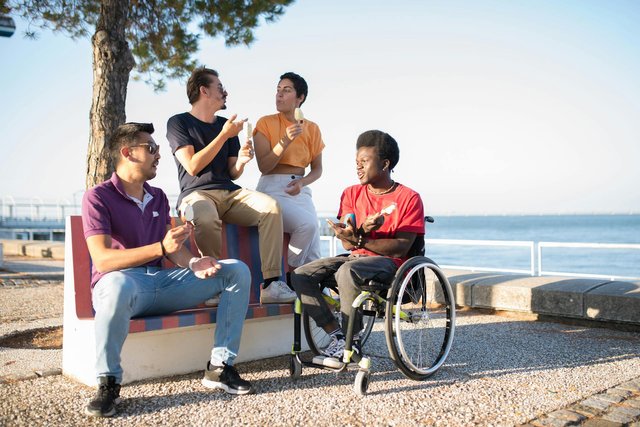
There are many ways to include and give equal opportunities to people with disabilities, such as:
Providing accessible and inclusive environments, products, services, and information that meet the diverse needs and preferences of people with disabilities
Ensuring that people with disabilities have the same rights and opportunities as others in education, employment, health, social protection, and participation
Supporting the empowerment and self-determination of people with disabilities, and respecting their choices and autonomy
Promoting the positive contributions and perspectives of people with disabilities, and challenging the negative stereotypes and stigma that they face
Engaging people with disabilities and their representative organizations in the design, implementation, monitoring, and evaluation of policies and programs that affect them
How can we help people with disabilities without invading their privacy or making assumptions? |
|---|
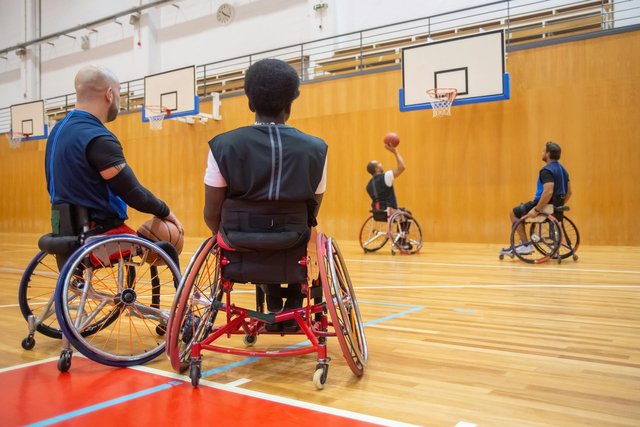
That’s a thoughtful question. Helping people with disabilities without invading their privacy or making assumptions is a matter of respect, consent, and communication.
Don’t treat them as helpless, pitiful, or inspirational. Recognize their strengths, skills, and preferences. Don’t make decisions for them or speak on their behalf without their permission
Ask for consent before offering or providing any help. Don’t assume that people with disabilities need or want your assistance. Respect their right to refuse or accept your help. If they accept, follow their instructions and don’t overstep your boundaries
Communicate clearly and respectfully with people with disabilities. Don’t use patronizing, infantilizing, or offensive language. Use people-first language or identity-first language, depending on their preference.
How can we be supportive friends and allies to people with disabilities and their families? |
|---|
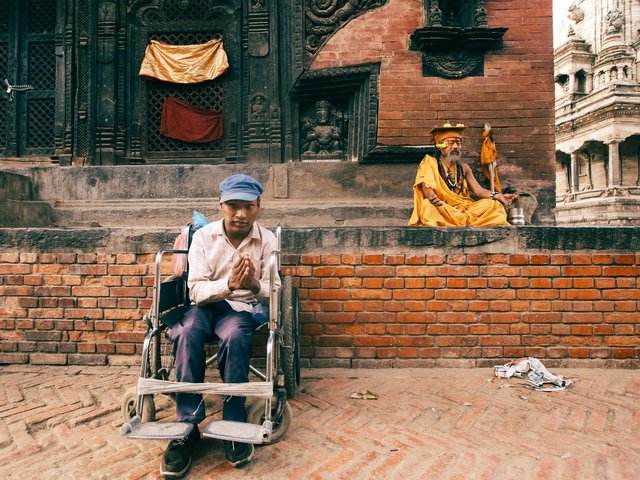
That’s a great question. Being a supportive friend and ally to people with disabilities and their families can make a positive difference in their lives.
Educate yourself on ableism and disability rights issues. Be aware of your language and avoid using terms that are offensive or stigmatizing. Follow and share posts from people with lived experience, sign petitions, or join protests that advocate for disability justice1.
Listen and respect the preferences and choices of people with disabilities. Ask them how they want to be referred to, what kind of support they need, and how you can help. Don’t assume that you know what’s best for them or speak on their behalf. Respect their autonomy and dignity.
Be inclusive and accessible in your interactions and activities. Invite people with disabilities to join you and your friends, and make sure that the venues and events are accessible for them. Use clear and simple language, and provide alternative formats or accommodations if needed. Be mindful of the barriers and challenges that people with disabilities may face, and try to remove or reduce them.
Celebrate and appreciate the diversity and contributions of people with disabilities. Recognize their talents, skills, and gifts, and encourage them to pursue their interests and goals. Acknowledge their achievements and successes, and express your gratitude and admiration. Don’t pity or patronize them, but treat them as equals and peers.
Be empathetic and compassionate towards people with disabilities and their families. Understand that they may have different experiences and emotions than you, and validate their feelings. Offer your support and comfort when they are going through difficulties or challenges
@sur-riti
@iftikhar62
@bonaventure24
Twitter link
Downvoting a post can decrease pending rewards and make it less visible. Common reasons:
Submit